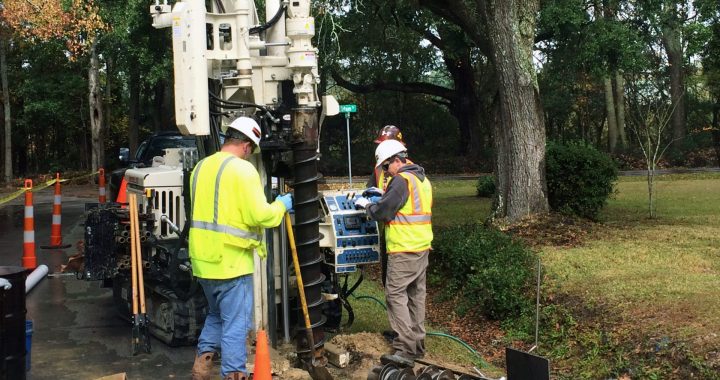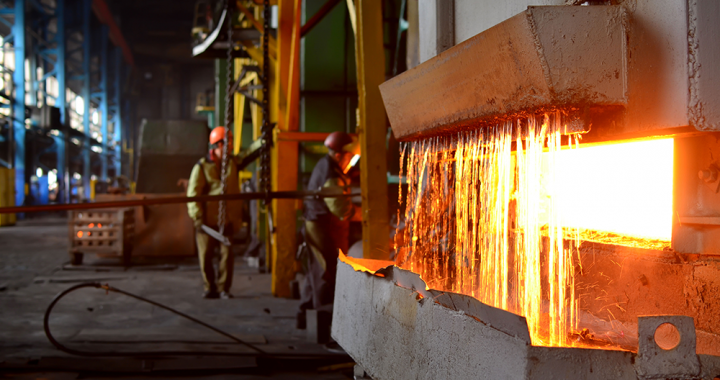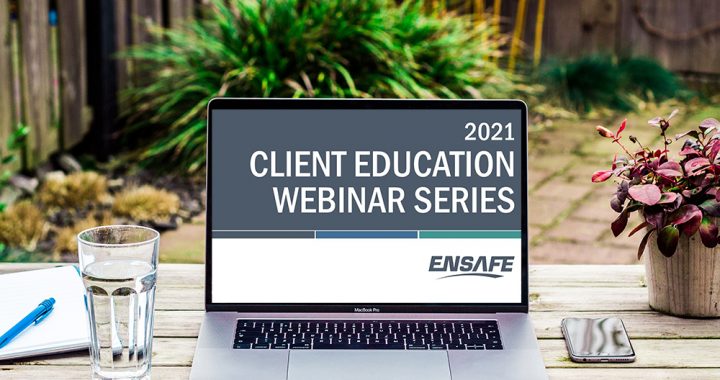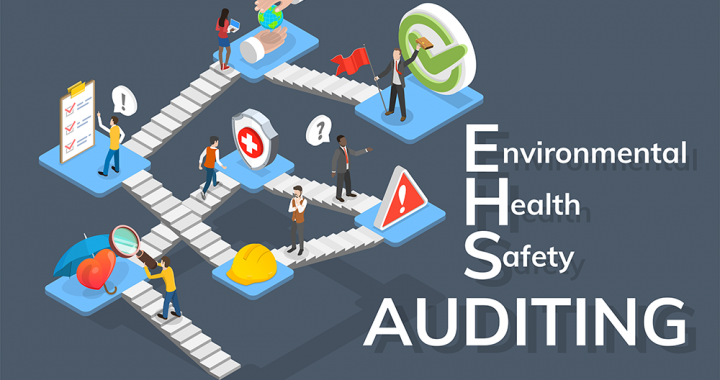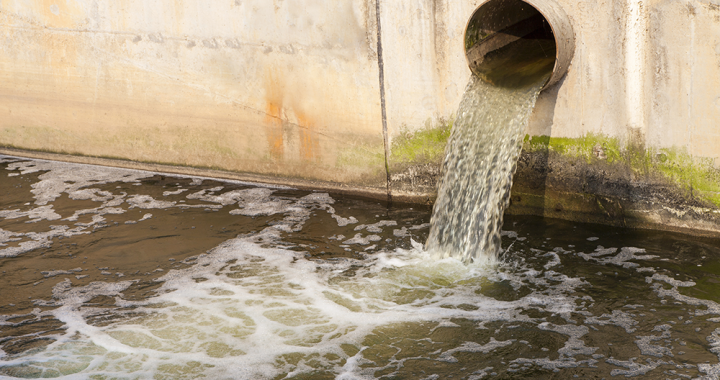NEWS > INSIGHTS & INNOVATIONS
Phase II Environmental Site Assessment: What to Expect
If you suspect a property has contamination, a Phase II ESA is one of your best options for identifying potential liability and future cleanup costs prior to purchase. What is a Phase II ESA? A Phase II Environmental Site Assessment (ESA) is typically the second step in the environmental due diligence process and usually succeeds […]
![]()
Process Safety Management 101: 4 Must-Dos to Protect Against Catastrophic Release
What’s the best way to have peace of mind that your facility is protected against an unplanned release of chemicals that could trigger an environmental, personnel or business catastrophe? We have four suggestions. Our suggestions are based on the Occupational Safety and Health Administration (OSHA) process safety management (PSM) standard, which outlines fourteen interrelated elements […]
![]()
How to Assess Potential Vapor Intrusion Threats
(Part 2 of a 3-Part Series) As we learned in Part 1, vapor intrusion (VI) is the migration of chemical vapors into a building from its subsurface (beneath its foundation). The vapors may originate from contamination within soil, groundwater, or other sources (for example, petroleum free product around a nearby underground storage tank). Identification of […]
Continue reading→Occupational Noise Exposure: Key Provisions of OSHA’s Noise Standard
Many of us have experienced temporary hearing loss (known as a temporary threshold shift) from very loud impact noises such as from firecrackers or shooting firearms, and from occasional loud exposures during concerts or sporting events. Our hearing typically recovers in a few days from these types of exposures. But did you know that elevated […]
Continue reading→Does the NESHAP 6X Rule Apply to Your Facility?
EPA’s June 2020 guidance suggests that the agency is now casting a broader net in terms of which facilities are potentially subject to the rule. Even if your facility has previously been determined to NOT be subject to NESHAP 6X, it’s possible the rule may actually apply. How? We’ll explain. First off, what’s NESHAP 6X, […]
Continue reading→Announcing our 2021 Client Education Series
Spring is just around the corner. And so is our 2021 Client Education Series. Once again, we’re holding our complimentary workshops virtually so that anyone anywhere can benefit from guidance on a wide range of important topics – from hazmat training to measuring your business’ carbon footprint. Interested in registering for one of our complimentary […]
Continue reading→What is vapor intrusion, and should my property be assessed for it?
(Part 1 of a 3-Part Series) What is vapor intrusion? Vapor intrusion (VI) is the migration of vapor-forming chemicals from any subsurface contamination into an overlying enclosed space that can pose a threat to indoor air quality. Vapor-forming chemicals may originate from contaminated soil, groundwater, sewer, or other sources. These sources of contamination may be […]
Continue reading→Upcoming Workshops on Risk Management and PFAS Sampling Design
Ric Federico, PG, Associate Principal EnSafe’s Associate Principal Ric Federico, PG, will be at the 19th Annual Kentucky Environmental Conference March 25-26 to deliver insights on both an approach to comprehensive risk management as well as a practicioner’s guide to PFAS sampling design. From Commodity Product to Proactive Risk Management: Exploring the Continuum of Environmental […]
Continue reading→EHS Auditing: How self-auditing improves performance and reduces punishment
How well is your company complying with federal, state and local environmental, health and safety (EHS) regulatory requirements? How well is it complying with its own internal EHS standards and documented procedures? These are questions EHS auditors assess when conducting an EHS audit, which most companies, regardless of size, have as an important, ingrained business […]
![]()
EPA’s 2021 Multi-Sector General Permit (MSGP) Effective March 1, 2021
The U.S. EPA issued the 2021 stormwater Multi-Sector General Permit (MSGP) on January 15, 2021. Facilities that are covered under the EPA’s MSGP must file a new Notice of Intent (NOI) to be covered under the new permit no later than May 30, 2021. States with their own MSGPs will likely incorporate features/aspects of the […]
Continue reading→